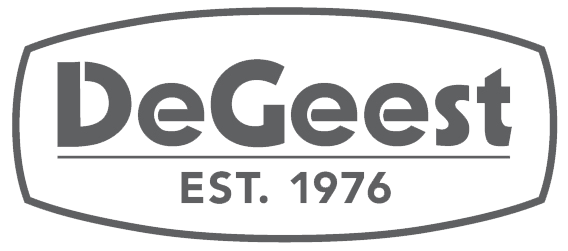Part III: Upskilling Your Workforce

SHARE WITH A COLLEAGUE
BEST PRACTICES FOR ADDING AUTOMATION THAT EMPOWERS
On this episode of Manufacturing a Stronger Standard, a DeGeest Steel Works podcast, President Derek DeGeest joined host Tyler Kern for the third installment of the duo’s series on upskilling your workforce.
Upskilling refers to giving employees additional tools and skills, elevating their knowledge and capabilities – and often your entire operation.
Previous episodes have touched on helping employees take ownership of the manufacturing process, even in the age of painting robots and automation, and this episode took the conversation further, highlighting how automation and robotics can be successfully implemented into your facility.
Though the words automation and robotics can cause apprehension among workforces and companies concerned about the role robots will play in eliminating the need for human work in certain aspects of manufacturing, DeGeest said there are best practices to ensure automation is truly beneficial and empowering for the entirety of your operation.
One of the ways to break down that apprehension and the fear when looking at automation and whether their facility and their team are ready to add it into their operation is to start problem-solving groups. These groups help employees use their expertise to come up with processes together. This creates a united front and a team atmosphere for getting the most out of operations by thinking of ways to add automation.
“Ultimately, we are developing problem solvers throughout our company.”
Adding automation to your manufacturing operation needs to be looked at holistically, not in silos. Be cautious about adding one robot or adding a fast laser or a machine that does not integrate your shop. Add automation that engages workforce at all levels of your facility. DeGeest adds, “Start small, but look for ways that can be touchpoints or effective for more than one employee.”
Another strategy is finding ways automation or technology can be used in multiple departments. Examples: ERP system, Scanners instead of manual entry, Quoting software, Work instruction software, Digital department status boards.
Kern and DeGeest also touched on other best practices, specific examples of how these strategies, such as problem-solving groups, have elevated their business, and more.
Looking for a company with a commitment to long-term innovation and service? The answer’s simpler than ever – DeGeest.
Be sure to subscribe to Manufacturing a Stronger Standard for the latest podcasts on Spotify and Apple Podcasts.
